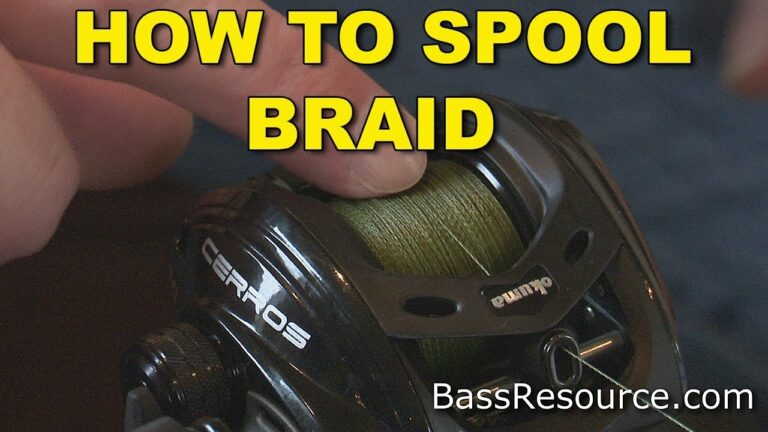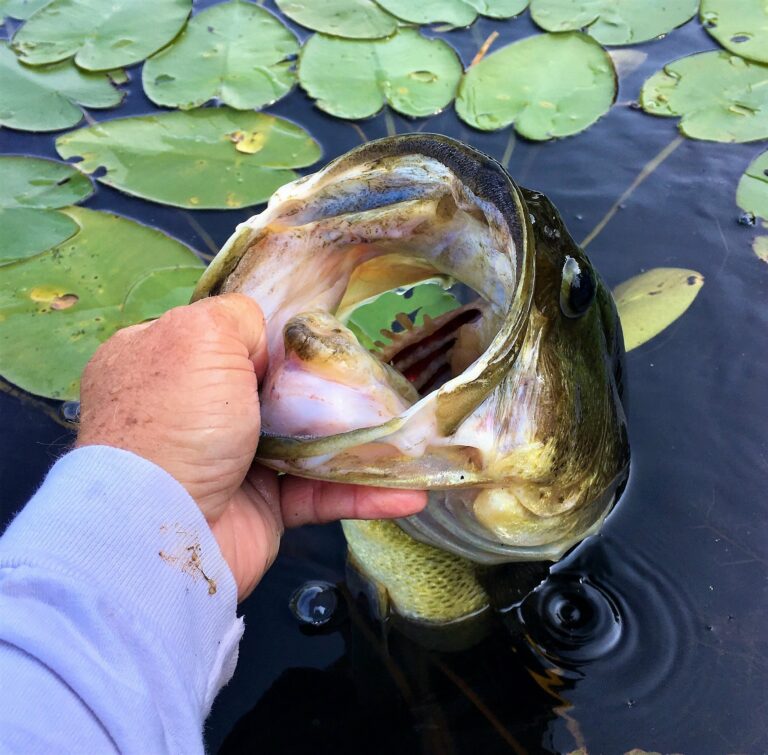Best Water Temperatures for White Bass Fishing (Full Guide)
Today we discuss Best Water Temperatures for White Bass Fishing. For anglers passionate about chasing white bass, understanding the optimal water temperatures for successful fishing is crucial. White bass, also known as “stripers” or “sand bass,” are a highly sought-after game fish known for their aggressive feeding behavior and impressive fighting abilities. These versatile fish can be found in a variety of freshwater environments, from rivers and lakes to reservoirs and estuaries.
In this comprehensive guide, we’ll dive deep into the ideal water temperatures for targeting white bass, explore the reasons behind their temperature preferences, and provide valuable insights to help you time your fishing trips for maximum success. Whether you’re a seasoned white bass angler or just starting out, this guide will equip you with the knowledge to improve your chances of landing these hard-fighting fish.
Best Water Temperatures for White Bass Fishing:
Understanding White Bass Behavior and Habitat
White bass are a member of the temperate bass family, which also includes their larger cousins, the striped bass. These fish are typically found in schools, often near underwater structures, ledges, or areas with strong current. They are known to be opportunistic feeders, preying on a variety of baitfish, crustaceans, and aquatic insects.
One of the key factors that influence white bass behavior and habitat is water temperature. As ectothermic (cold-blooded) animals, white bass are highly sensitive to changes in their aquatic environment, and their activities and movements are largely dictated by the prevailing water temperatures.
Optimal Water Temperatures for White Bass Fishing
White bass thrive in a specific range of water temperatures, and understanding these preferences can be the difference between a successful fishing trip and a day of frustration. Let’s explore the optimal water temperature ranges for various white bass fishing scenarios:
Spring Spawning Season (40°F to 65°F)
During the spring spawning season, typically from March to May, white bass become particularly active as they seek out suitable spawning grounds. This is a prime time for anglers to target these fish, as they are actively feeding and congregating in specific areas.
The ideal water temperature range for white bass spawning is between 40°F and 65°F. Within this range, the fish will become more aggressive and willing to strike lures and baits as they prepare to reproduce. Targeting white bass during this period can be highly productive, as the fish are often found in large, concentrated schools.
Summer Feeding Patterns (65°F to 80°F)
As the water temperatures warm up in the summer months, white bass will continue to be active and feed aggressively. The ideal water temperature range for summer white bass fishing is between 65°F and 80°F.
During this time, white bass will often be found chasing baitfish near the surface or along underwater ledges and structures. They may also be found in deeper, cooler waters, particularly during the hottest parts of the day. Anglers should focus on areas with good current flow, as white bass thrive in these conditions and will often ambush their prey.
Fall Transition (55°F to 70°F)
As the weather cools and the water temperatures start to drop in the fall, white bass will begin to transition to their winter feeding patterns. The ideal water temperature range for fall white bass fishing is between 55°F and 70°F.
During this transition period, white bass may be found in a variety of locations, from shallow, current-swept areas to deeper, more stagnant waters. Anglers should be prepared to adjust their tactics and lure selections as the fish adapt to the changing conditions.
Winter Patterns (45°F to 55°F)
In the winter months, white bass will become less active and tend to congregate in deeper, more protected areas of the water body. The ideal water temperature range for winter white bass fishing is between 45°F and 55°F.
During this time, white bass may be found in schools near underwater structures, ledges, or areas with strong current. They may also be found in the deeper, more stable portions of lakes and reservoirs. Anglers should use slower, more finesse-oriented presentations to entice these less-active fish.
Factors Affecting Water Temperatures
While the optimal water temperature ranges provide a general guideline for white bass fishing, it’s important to understand the various factors that can influence water temperatures and affect the fish’s behavior. Some of the key factors to consider include:
- Seasonal Patterns: As mentioned earlier, water temperatures fluctuate throughout the year, with spring and fall typically seeing the most dramatic changes. Paying attention to these seasonal patterns can help anglers anticipate and adapt to the white bass’ changing preferences.
- Depth and Stratification: In deeper water bodies, such as lakes and reservoirs, water temperatures can vary significantly at different depths. White bass may move between different depth zones to find their preferred temperature range.
- Weather and Atmospheric Conditions: Factors like air temperature, cloud cover, wind, and precipitation can all impact water temperatures and affect the white bass’ activity levels and feeding patterns.
- Currents and Water Flow: Areas with strong currents or water flow, such as river channels or dam tailraces, can experience different water temperatures than more stagnant areas. White bass often congregate in these dynamic environments.
- Habitat and Structure: The type of underwater structures, vegetation, and other features in a water body can also influence water temperatures and the white bass’ preferred locations.
By understanding these factors and closely monitoring the water temperatures in your fishing areas, you can better anticipate the white bass’ movements and adjust your tactics accordingly.
Techniques for Targeting White Bass at Optimal Temperatures
Once you’ve identified the optimal water temperature range for your white bass fishing endeavors, it’s time to put that knowledge into practice. Here are some effective techniques to consider:
- Live Bait Fishing: During the spawning and summer feeding periods, live baitfish, such as shad or minnows, can be highly effective for attracting and catching white bass. Present the bait near underwater structures or in areas with strong current.
- Lure Presentations: Depending on the water temperature and the fish’s level of activity, different lure presentations can be effective. In cooler water, try slow-moving, finesse-style lures like small jigs, soft plastics, or crankbaits. In warmer water, opt for more aggressive, fast-moving lures like spinnerbaits, topwater poppers, or swimbaits.
- Vertical Jigging: When white bass are holding in deeper water, vertical jigging with metal spoons or blade baits can be a productive technique. This approach allows you to target the fish precisely where they are holding.
- Trolling and Drifting: In open-water situations, trolling or drifting with crankbaits, spoons, or other lures can be an effective way to cover more ground and locate active white bass schools.
- Sight Fishing: During the spring spawning season or in clear water conditions, you may be able to spot white bass schools and target them with precision casts and presentations.
- Locating Baitfish: Pay close attention to the presence and movements of baitfish, as white bass will often be found in close proximity, chasing and feeding on these smaller prey.
Remember, the specific techniques and lure selections may need to be adjusted based on the prevailing water temperatures and the white bass’ current feeding behaviors.
Conclusion
Mastering the art of white bass fishing requires a deep understanding of the fish’s temperature preferences and how they influence their behavior and movements. By using the information provided in this guide, you’ll be better equipped to time your fishing trips, select the right techniques, and increase your chances of success when targeting these hard-fighting, fun-to-catch fish.
Whether you’re a seasoned white bass angler or just starting out, remember to stay adaptable, observe the water conditions, and be willing to experiment with different approaches. With patience, persistence, and the knowledge gained from this guide, you’ll be well on your way to enjoying many thrilling white bass fishing adventures.


